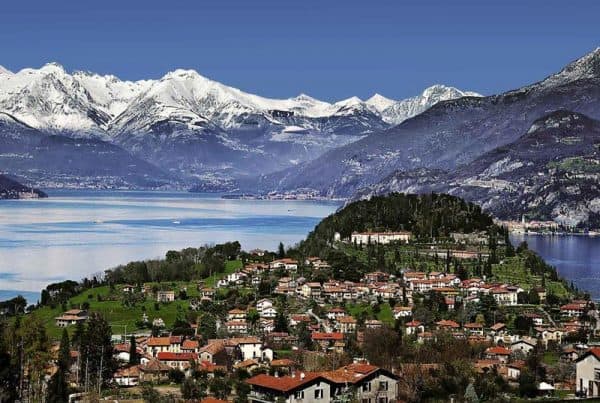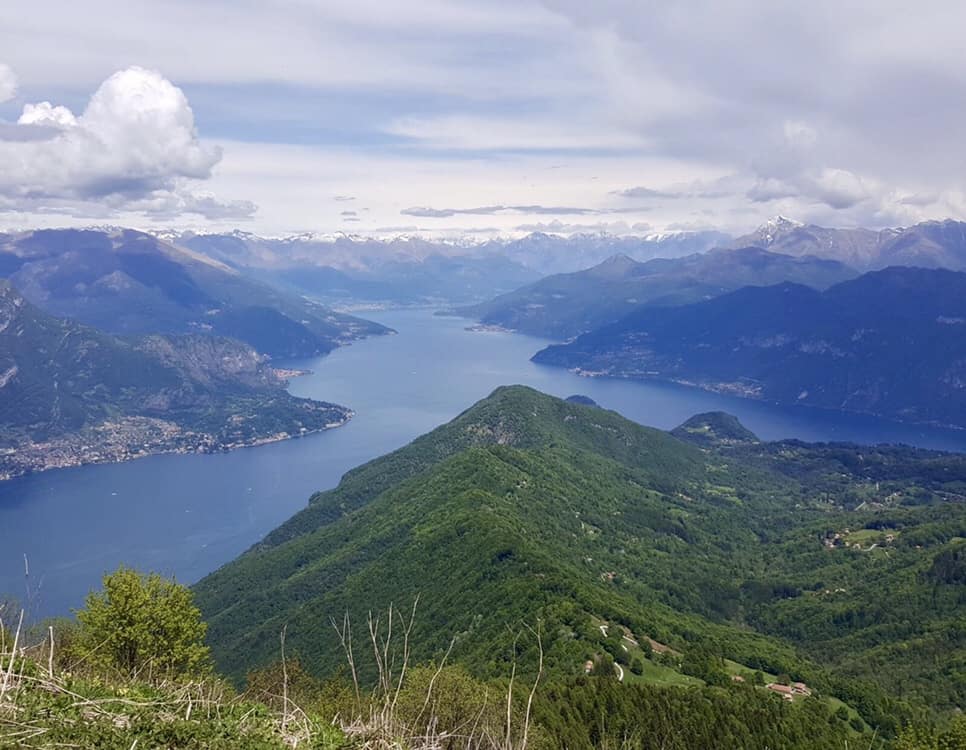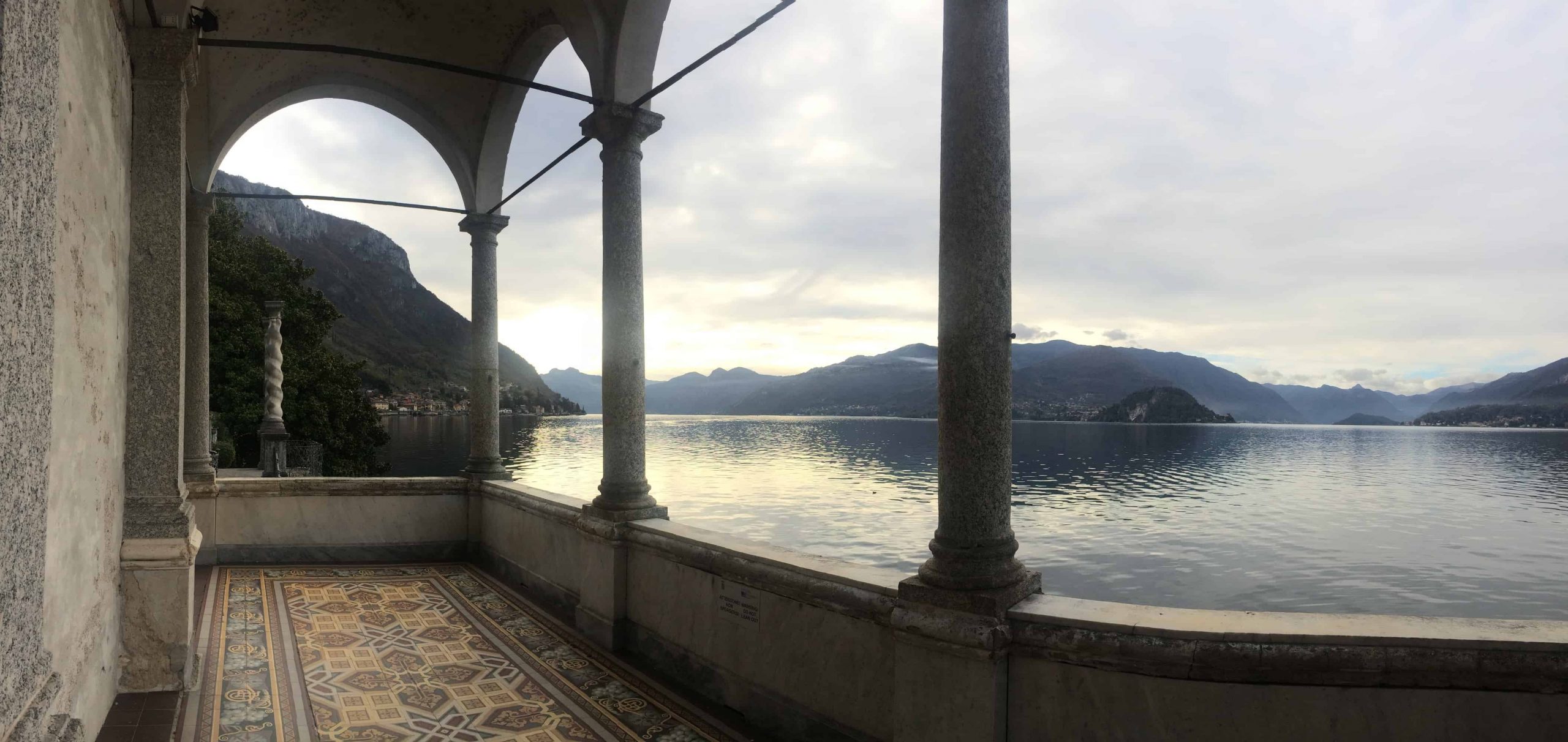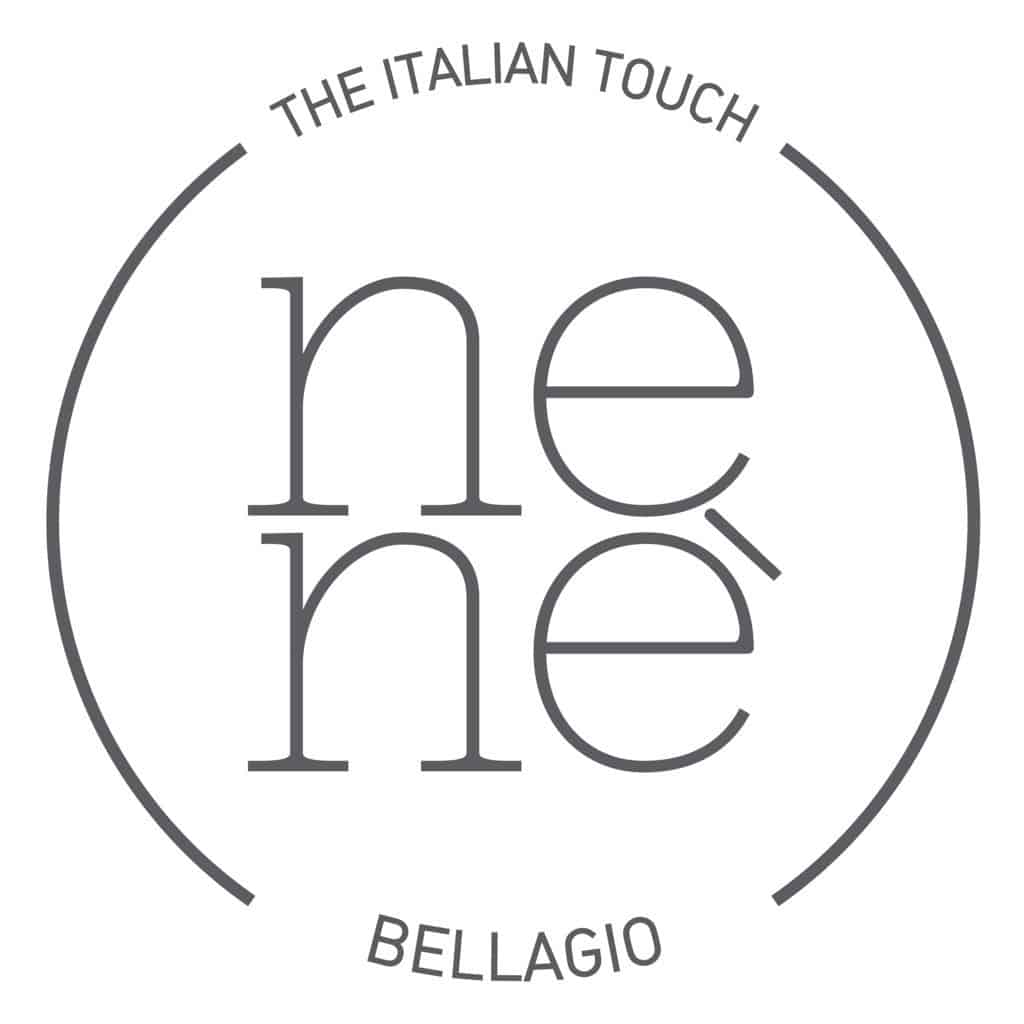Home of Italian identity
The Italy Pavilion provides answers and food for thought using four conceptual axes: power of know-how; power of beauty; power of the limit; and power of the future.
Visitors to Palazzo Italia are immersed in an opportunity to understand and explore the essence of “Italian identity“. A clear, consistent vision runs through the entire display area, creating a space that will become a source of pride and belonging for Italian visitors, while sparking a renewed sense of curiosity in international guests.
The entire display route can be broken down into the four key values – or “powers” – of Italy that were identified as part of a lengthy process that involved Censis, Aaster and, in two vibrant years across the country, the regions.
- Power of know-how: creativity, excellence, innovation
- Power of beauty: tourism, quality of life, Italian landscapes
- Power of the limit: tradition, resource management, resilience
- Power of the future: seeds of the future, natural seeds and entrepreneurial seeds
GROUND FLOOR
Market area
All day, every day, a two-way audio and video link connects the pavilion to three leading markets: Campo de’ Fiori (Rome), Mercato del Pesce Rialto (Venice) and Il Capo (Palermo). Visitors to Palazzo Italia and the markets will be able to see and speak to each other, gaining a feel for how markets play a fundamental role in linking Italians, local areas and food.
Art icon
On the ground floor, Italian contemporary art provides visitors with the first food for thought. Here, classicism and contemporary art fit perfectly with the stylistic features of the Italy Pavilion.
The artworks are a functional part of the display route that moves its way through the pavilion providing a view of the identity of the entire country.
The Italy Pavilion exhibition includes a wonderful sculpture created specifically for Milan Expo 2015 by Vanessa Beecroft, one of the best internationally known Italian artists.
Further along the route, a statue of Hora represents the very classicism that Beecroft destabilises. This work, made of Carrara marble from Luni, is probably 1st century AD, with additions to the head, base and hands in the mid-16th century. The “garments” that cloth this goddess are so realistic that, in their intangibility, they almost seem to be actual fabric. These works place women at the very centre of the Italy Pavilion, giving them a leading role once again, like in the WE-Women for Expo projects. This reiterates the centrality of women in society and the family.
FIRST FLOOR
Power of know-how
21 stories from 21 regions to explore our know-how. A sculpture installation depicting men and women practically creates a “living picture” in which ingenuity, applied creativity and innovation are essential elements. This is an ultramodern vision of professions that represent some of the most important and distinctive jobs and businesses in our land. It is a space in which visitors can discover the stories of men and women who make our land rich and productive every day.
SECOND FLOOR
Power of beauty
Reality cannot be escaped here. This section starts with a distress chamber and the TG NEWS WALL (monitor with a news feed geared to environmental emergencies), forcing visitors to face up to the reality and consider, definitely, the state of our planet. This initial shock is followed by three heavily symbolic rooms in which the true power of Italian beauty can be discovered. Here, breath-taking interiors, landscapes and architectural structures are captured using techniques that truly draw out their unique nature. A system of mirrors visually reflects the views, interiors and landscapes, while a kaleidoscopic approach simultaneously breaks them up to create truly original images that give visitors a new view of beauty in an infinitely immersing vision. The concept of beauty here is framed within the rules of perspective, where such rules are conveyed by the arrangement of landscapes (always presented as a “consistent horizon” for the observer) and the structure of the room. Perspective itself is a metaphor for “looking beyond”, a synonym of vision and the ability to create new projects.
Yet, such beauty cannot be detached from “work”, as effort is needed to conserve and protect such beauty. Thus, the pavilion’s display seeks also to impress on visitors the importance of maintaining and restoring our enormous artistic heritage.
Contrast is another key word. Visitors will be able to revisit the dramatic moment when St Francis’s basilica collapsed, watching a film and then, looking down, seeing debris and rubble on the ground. The contrast comes from looking to the side, where the frescoed façade of the building is once again whole, the outcome of an extraordinary restoration effort.
The “Italy: What if we didn’t exist?” installation provides another moment of reflection, presenting a giant model of the Mediterranean, but without Italy. The question is evident: what would the world be like today if Italy wasn’t there. Video clips of interviews with people of international standing give visitors their thoughts. Visual illusions in a 3D installation at the centre of this display area encourage visitors to consider the role and importance of Italy in the development of knowledge and culture in Mediterranean countries and, probably, in the entire world.
The final part of the visit on this floor is another surprise: an installation exploring beauty through other senses.
This sensorial route in the dark allows visitors to explore a market by listening, smelling and touching. The initial effect is of disorientation, but this is followed by the hyper-activation of the senses, allowing one to detect and interpret the various smells, shapes and textures. At the end, visitors rediscover their sense of sight and gaze on Renato Guttuso’s “La Vucciria”, a perfect summary of what was perceived without sight. It is a wonderful final touch, a chance to enjoy the majesty of this work. As such, art has become the epilogue to this journey through beauty, sealing the humans-food-land pact.
THIRD FLOOR
Power of the limit and power of the future
In this section, the creativity and ingenuity of regions and local areas come to the fore, seeing the future as exceeding limits.
It is a tale of people, both normal and extraordinary, who draw on their own ingenuity to win battles facing great and small adversity, turning obstacles into ideas that will change our future. Holograms, objects and film clips are the tools used to tell these stories.
The space is dominated by a replica of The Tree of Life in the centre, its branches reaching out literally to the protagonists in this section. Such symbolism is at the very heart of the entire exhibition route through the pavilion and provides the final piece in Italy’s response to the questions posed by Expo 2015.





